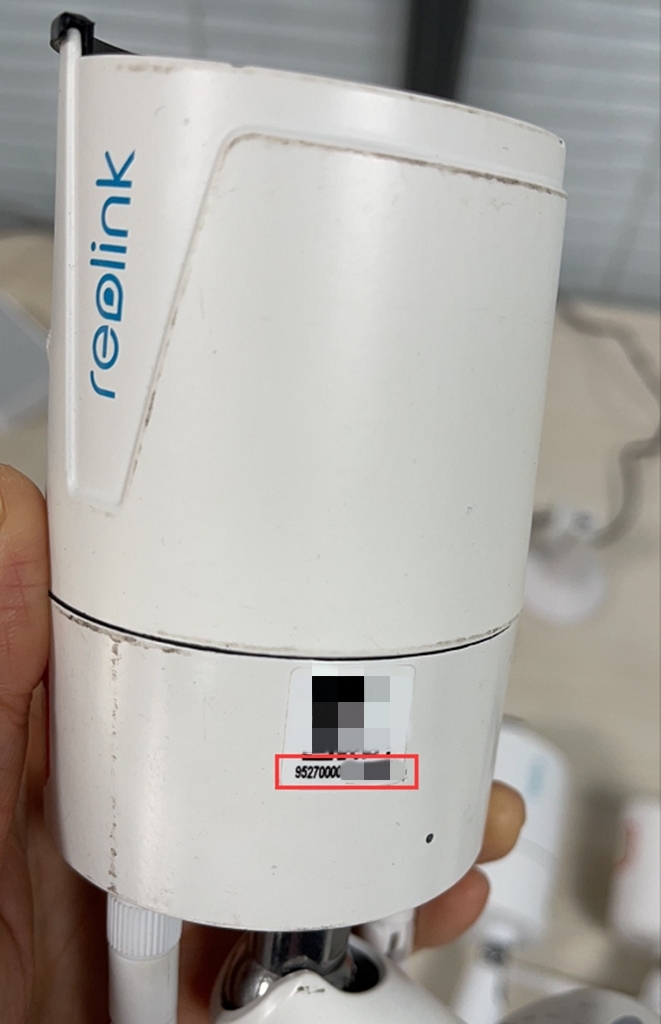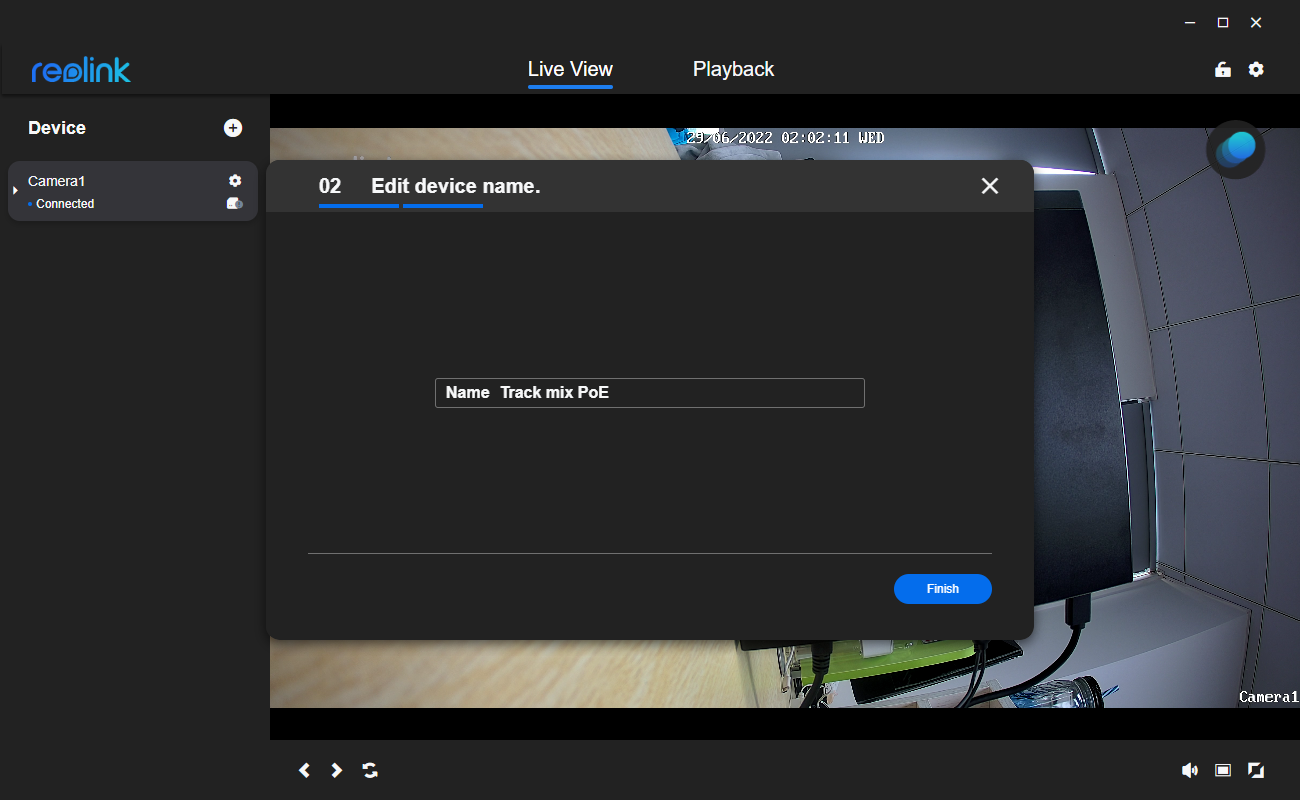

- #Reolink client with the uid remote access how to
- #Reolink client with the uid remote access full
- #Reolink client with the uid remote access Pc
- #Reolink client with the uid remote access series
You shall get something like with the address format Input it on the browser, you can start video monitoring right away. Simply put, port forwarding transfers your local IP address into a public one which is used to access a specific camera in a wide area network (WAN), like crossing the neighborhoods or even countries.įollow the detailed steps in our previous post for a quick IP camera configuration. Here is a CCTV camera configuration video tutorial on the LAN.Īs for IP camera configuration on the WAN, port forwarding is a typical way to go, which generally requires the camera local IP address, HTTP and RTMP port number, and the WAN IP address. Previously we introduced 3 ways for you to do that.Īnd then you only need to input the IP address on the web search bar to get into the camera’s web UI, and then everything will appear.

To configure IP cameras on the LAN, like the typical home network, you need to find out the CCTV camera local IP address.
#Reolink client with the uid remote access full
Reolink RLC-410 PoE IP camera network diagramĬheck full explanation of security camera connection here. Here is a CCTV camera wire connection diagram for your reference: This could be done with or without router. Configure IP Camera Networkīefore you start setting the IP camera configuration, make sure both your monitoring devices and CCTV cameras (and NVR) are connected to the home network. So we’ll break the IP camera configuration with networking into three parts: Step 1. And whichever way you go with, the cameras should be on the network so that they can be accessed.

Note that the IP camera installation and configuration on the local area network (LAN) could be a little different from that in the wide area network (WAN). Technically, the major task for IP camera configuration is to get the right IP address of your camera which serves as the only clue to find it among various devices attached to the same network. So typically, you will need to find the right IP camera address to access the camera on the Internet. IP camera data transmission is based on the IP camera address assigned by the router or the NVR. That’s to say, you can watch camera live, receive push alerts, and check the camera recordings wherever you are (inside or outside home network).
#Reolink client with the uid remote access Pc
After that, hit login to add your camera to Reolink Client.IP camera (Internet protocol camera) distinguishes itself with a direct connection to the Internet, which enables it to send and receive data via the Internet.Īfter proper IP camera configuration, you are able to access the CCTV camera via your network mobile devices (phone, PC or tablet). Then input the User Name (admin by default), the camera Password.
#Reolink client with the uid remote access series
For the E1 series camera, Lumus, and battery power camera, which have connected to your network successfully, please click Access Camera option and click OK. Click the "+" icon, select UID, then fill in the blanks with the UID of your camera. Please refer to the video below to add cameras or NVR via Reolink Client.
#Reolink client with the uid remote access how to
See how to forward ports on your router interface. If you're using the Domain Name/IP Address to access the cameras, please ensure that the port-forwarding settings on your router are correct. Add Reolink WiFi-only cameras via Client: How to Initial Setup for Reolink E1 Series Cameras / Reolink Lumus via Reolink Client (New Client)Ĥ. If you haven't connected it to your network, please How to Initially Set up Battery-powered Cameras via Reolink Client (New Client)ģ. Reolink battery-powered cameras only support UID for remote access.

It is suggested to use the UID for remote access.Ģ.


 0 kommentar(er)
0 kommentar(er)
